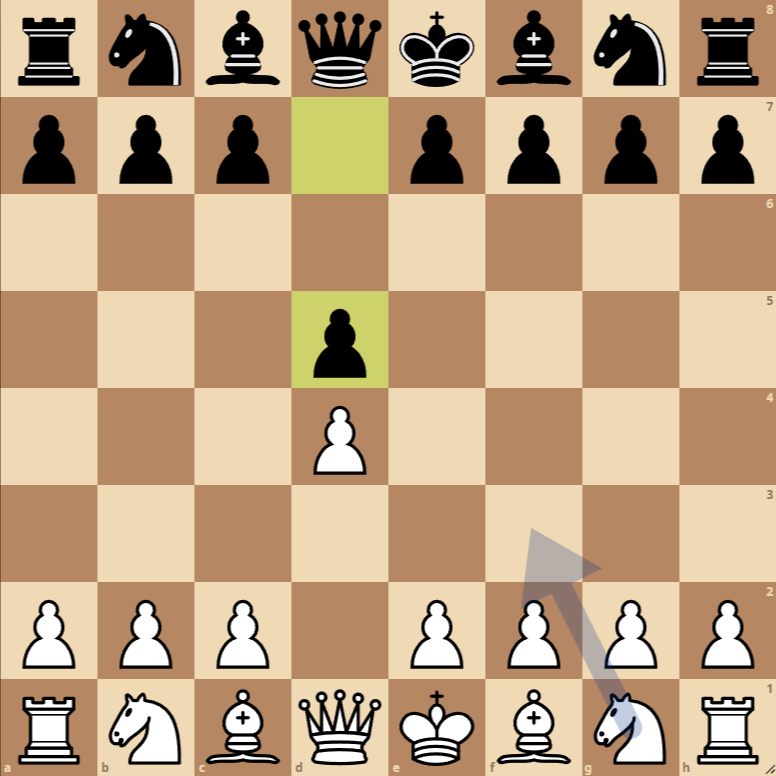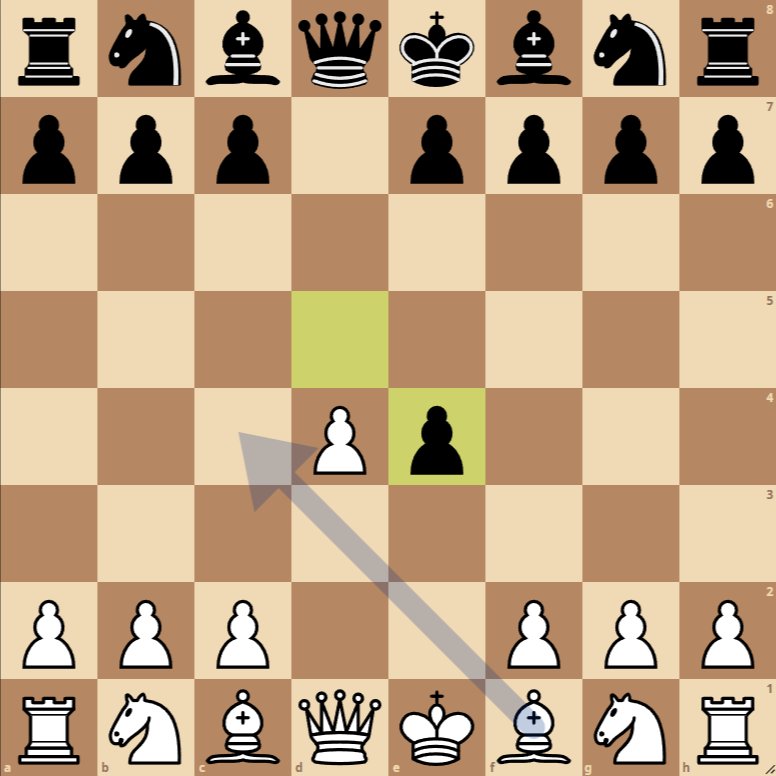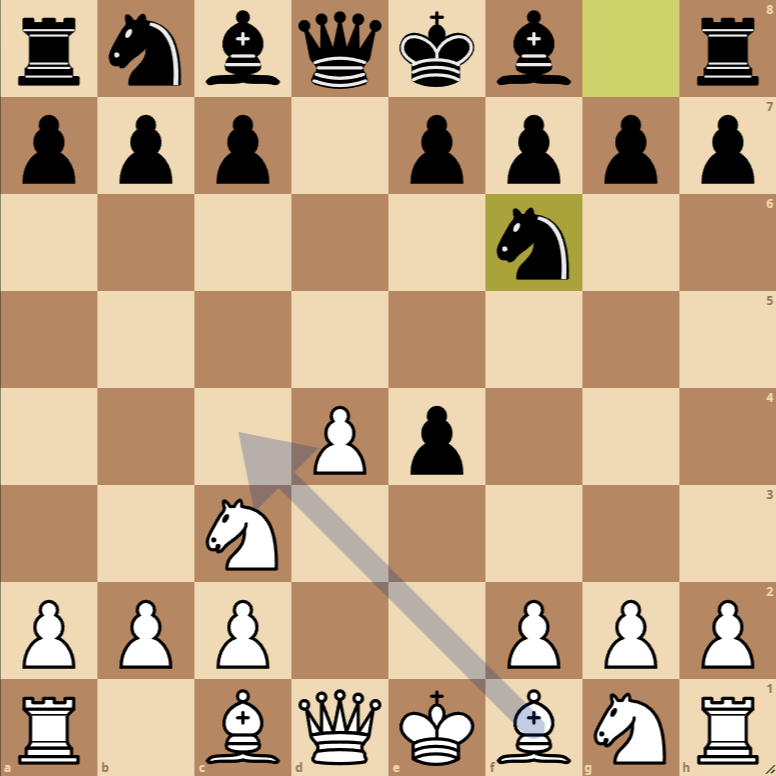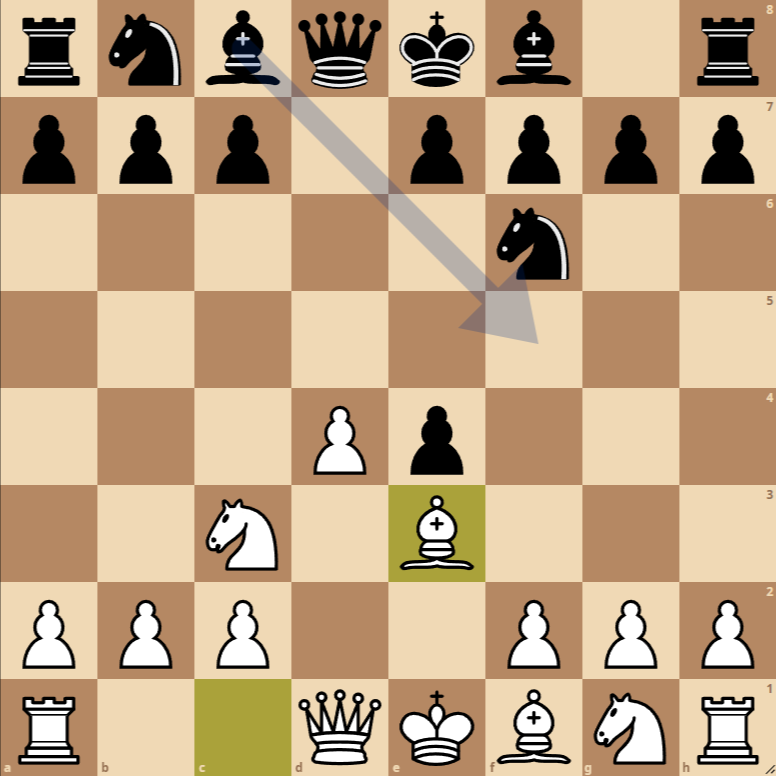How to Play the Blackmar-Diemer Gambit Rasa-Studier Gambit Opening



- 1. d4 d5: White starts with a central pawn advance, aiming to control the center and open lines for their pieces. Black responds symmetrically, also aiming for control of the center.
- 2. e4: White offers a gambit, sacrificing a pawn for rapid development and control of the center. This is the beginning of the Blackmar-Diemer Gambit.
- dxe4: Black accepts the gambit, capturing the pawn and aiming to maintain material while developing.
- 3. Nc3: White develops a knight to the center, pressuring the captured pawn on e4 and preparing to recapture it.
- Nf6: Black develops a knight, defending the pawn on e4 and preparing for further development.
- 4. Be3: White develops their bishop, aiming at the center and the kingside, and preparing for potential kingside castling. This move completes the initial setup of the Rasa-Studier Gambit, a specific variation within the Blackmar-Diemer Gambit.
Variations of the Blackmar-Diemer Gambit Rasa-Studier Gambit Opening
1. … c6
One possible response for Black after 1. d4 is to play c6, aiming to support the center with a d5 advance on the next move. This line can transition into Caro-Kann structures if White plays e4.
2. … e6
After 1. d4 d5, Black can opt for e6, seeking a more closed and solid development, typical of the French Defense. This variation focuses more on safety than accepting the gambit.
The game has started with a sequence of moves that leads us into an interesting variation of the Blackmar-Diemer Gambit, specifically known as the Rasa-Studier Gambit after 1. d4 d5 2. e4 dxe4 3. Nc3 Nf6 4. Bg5
(Note: The original notation mentions Ae3, but to align with the Rasa-Studier Gambit, we assume Bg5, which is more consistent with the mentioned opening; Ae3 appears to be a typo as it does not follow the typical gambit sequence and does not fit known variations of the Blackmar-Diemer Gambit).
Strategies and Tactics
For White:
Main Objective: White aims for compensation for the sacrificed pawn in the form of rapid development and pressure on Black’s kingside. Sacrificing the e4 pawn seeks to open lines for both minor and major pieces, allowing White to launch a swift attack.
Development and Attack: Placing the bishop on g5 (assuming Bg5) aims to pressure the knight on f6, which defends the e4 pawn. White can continue developing their pieces with moves like f3, seeking to recapture the e4 pawn or preparing for long castling to enhance king safety and connect rooks.
Center Control: Despite sacrificing a central pawn, White aims to maintain some control over the center through their pieces, enabling them to launch attacks in both the center and on the wings.
For Black:
Defense and Counterplay: Faced with the gambit, Black must balance between accepting the offered material and proper piece development to counter White’s initiative. Efficiently developing pieces while keeping the king safe is crucial for Black.
Strategic Options: Among the mentioned responses (e6, Nc6, Bf5), each leads to a different strategy.
e6 aims to reinforce the center and prepare for the development of the dark-squared bishop, possibly followed by short castling. This is a more defensive move that sets the stage for a solid game.
Nc6 develops another piece and pressures the center but must be played carefully to avoid overloading the knight without the possibility of recapture on e4.
Bf5 focuses on rapid development and exerting pressure on the e4 pawn, offering Black the chance to maintain the extra pawn if they can defend it adequately. This option is appealing to players seeking active counterplay.
Next Best Moves
For White, the next step could include preparing to recapture the pawn on

